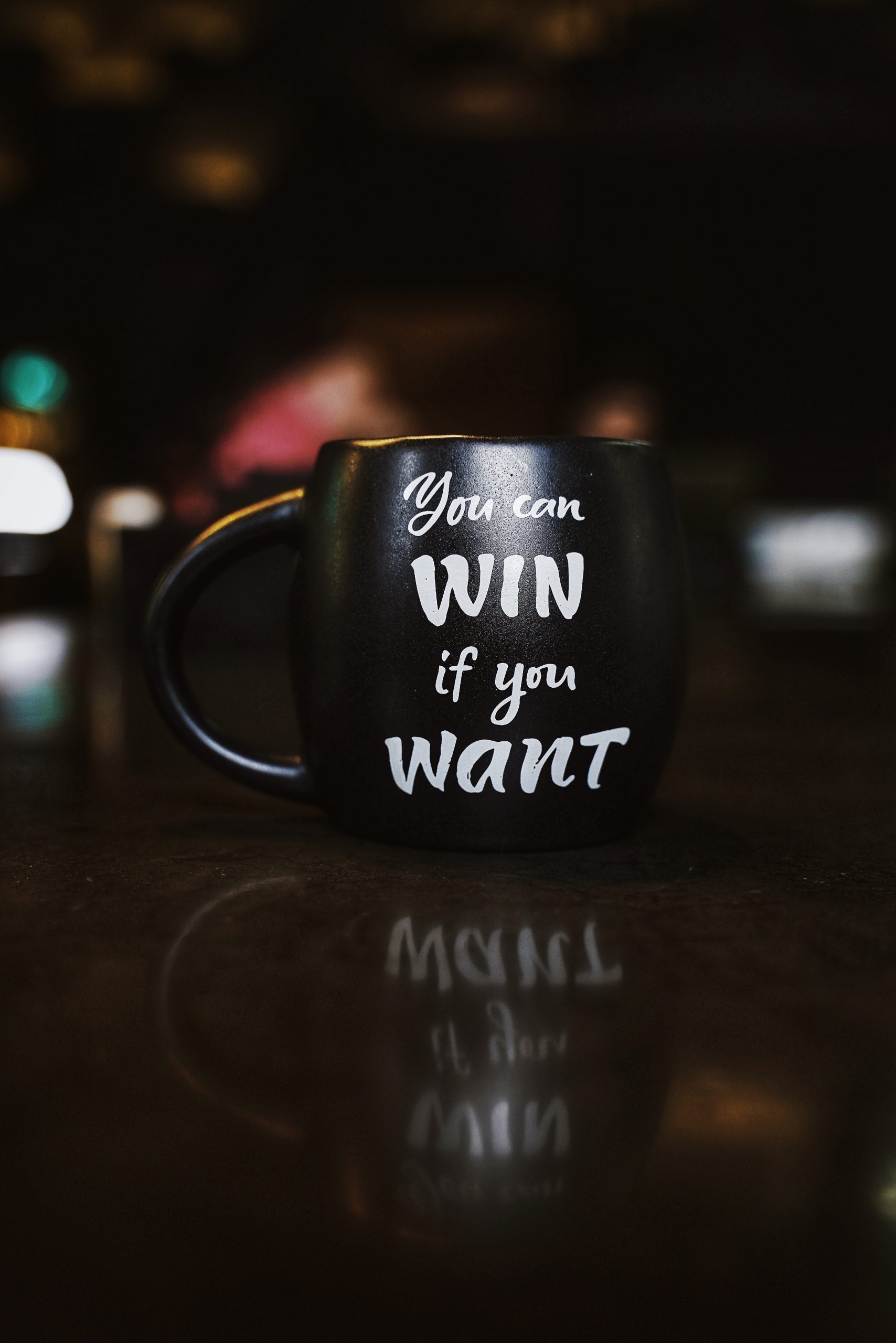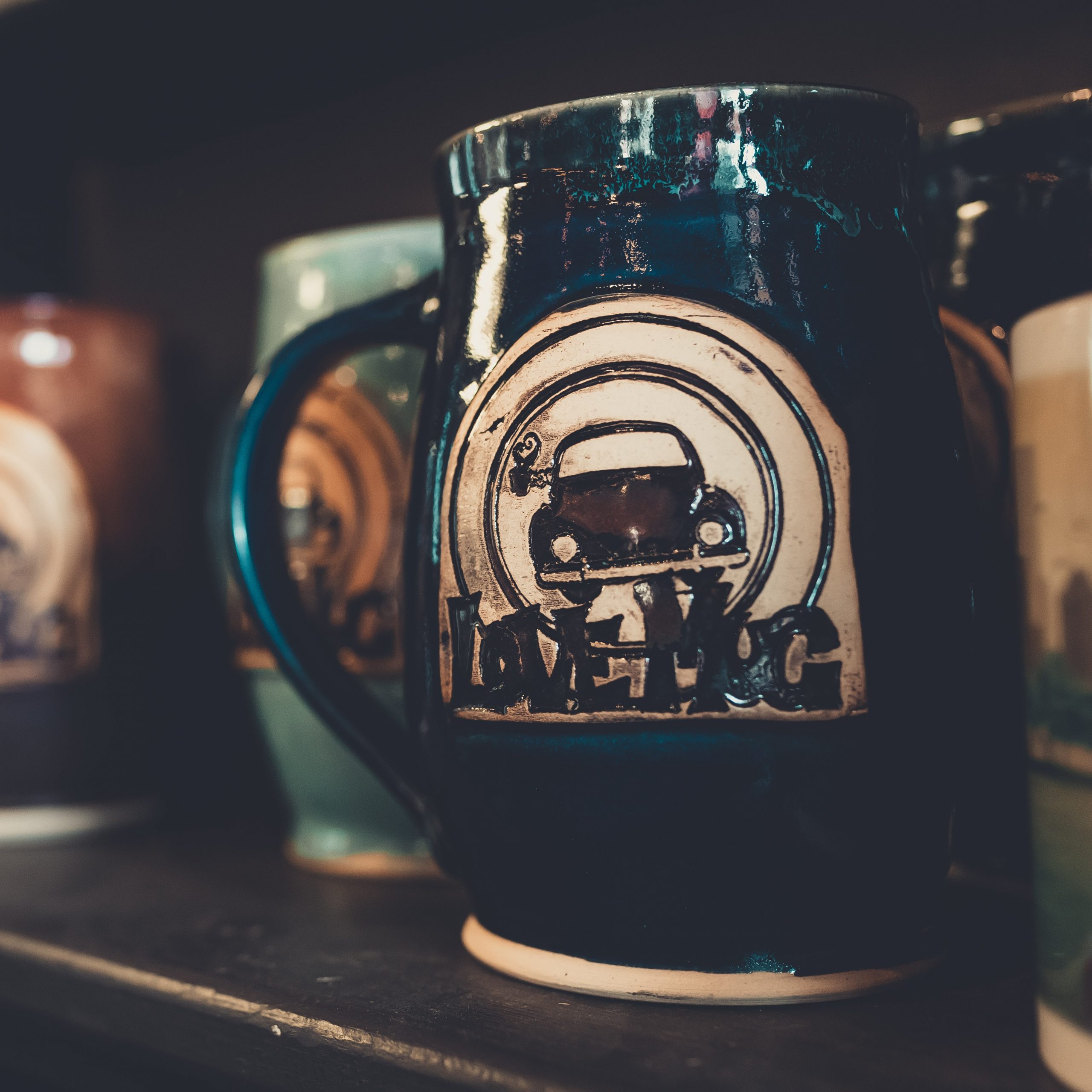What Is The Common Design With Korean Pottery?
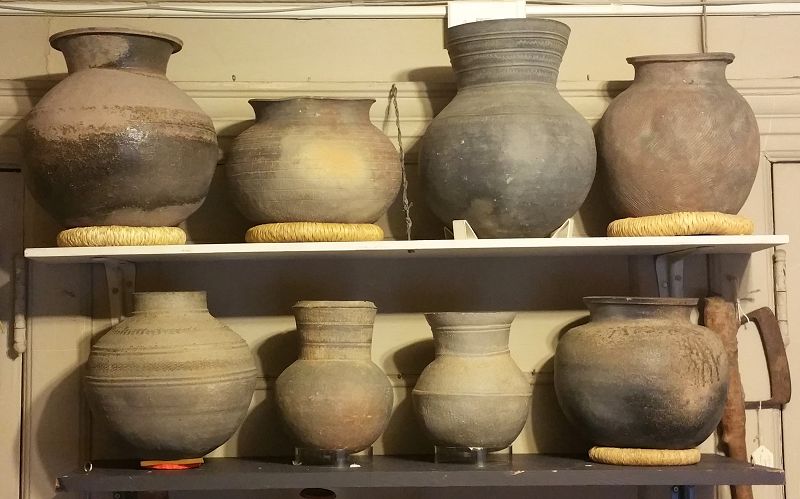
Just like any art form pottery is representative of the country’s development and culture. This is especially the case with Korea, since it is one of earliest adopters of this ancient art.
Brief history of Korean pottery
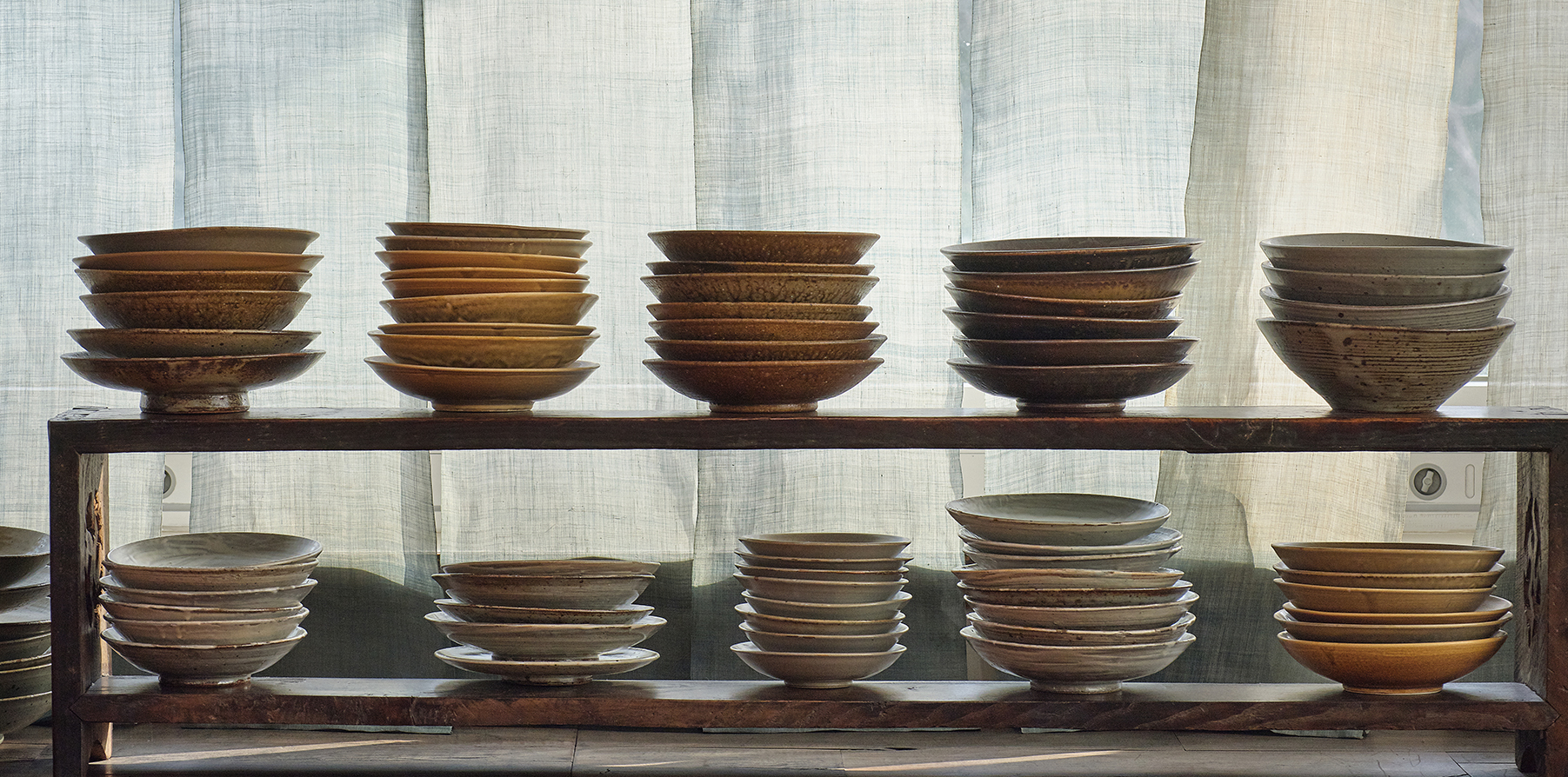
The history of Korean pottery is very long and detailed. Around 5000 BC in the Neolithic age, earthenware with decoration of raised bands applied around the body began to appear and later earthenware with incised slanting comb patterns covering the whole body was made throughout the peninsula. By 1000 BC such wares were replaced with undecorated, plain earthenware resembling pottery in Japan. Around the beginning of the Christian era, the technology of potter’s wheel and kiln firing were introduced from China. During the Three Kingdoms period grayish black, high-fired stoneware was made. Around the same time, low-fired green-glazed ware also began to appear.
Production of white porcelain, on the other hand, began on a full scale around early fifteenth century. It became the leading ceramic ware of the dynasty for its pure white, simple decoration was considered suitable for the idea of Confucianism that had been their state ideology. White porcelain, regarded as the king’s vessel, was produced at the imperial kilns. The production also began in provincial areas by the latter half of the sixteenth century. Porcelain with decoration painted in underglaze cobalt blue, the so-called blue-and-white ware, began to appear by mid-fifteenth century, featuring artistry and purity distinctive of the Joseon dynasty.
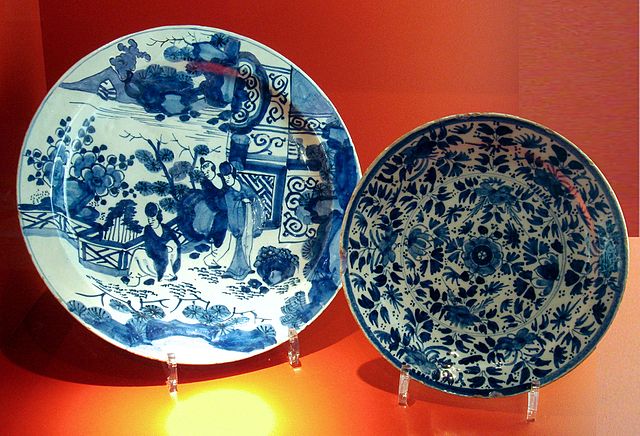
In the seventeenth century, however, the difficulty of importation of cobalt blue pigment from China resulted in the rise in popularity of motifs drawn in iron-brown pigment. In the first half of the eighteenth century developed a new type of blue-and-white ware known in Japan as “autumn-grass style” in which plants were unpretentiously depicted on a milky white body in pale blue pigment. In 1750’s ceramic production flourished under stable condition, including blue-and-white ware and porcelain with skillful use of underglaze copper-red or iron-brown decoration as well as stationary and wine vessels that suited the tastes of the literati. In the nineteenth century, the rise of the middle class led to the development of auspicious symbols wishing for longevity and fecundity as well as motifs containing elements of folk painting that represent the hope of receiving practical benefit in this world. They became some of the most commonly used styles expressed in craft works.
Now let us look in depth at the common styles and designs of Korean Pottery
Goryeo ware
This style is heavily inspired by Chinese pottery of that time. However, what makes it unique is that several patterns are engraved on the surface of metal, clay, wood, etc. Other materials such as gold, silver, jewelry, bone are inserted in the same shape. Purple (black) and white clay were used to show the patterns.[18]
A pattern is engraved on celadon with a knife and covered with purple and white soil. When the soil dries, the overflowing mud is wiped off, remaining only in the carved areas; thus, a white or purple pattern will appear. When it is baked after painted with glaze, the white soil appears as white and the purple as black, and this pattern is seen through the glaze. The shape of the vase was extremely varied, some took inspiration from animals, mythical creatures and household objects.
Despite its ancient origins this style is still practiced to this day. The most common designs today are scenery of flowers and other plants that contrast quite nicely on the green background.
Onggi
Unlike the above mentioned styles, which mainly were reserved for high officials and royalty, the onggi served and continues to serve as the vase of choice for the common folk. Similarly, the technique and materials used for this style are also quite affordable and simple. Most onggi vases are made from basic clay that are heated to high temperatures to form the finished product. In the past they were mostly used by servants as pots and storage. Despite its humble origins many artisans have found multitude of ways to elevate and enhance the design of onggi. They accomplish this by using a variety of glazes that can drastically alter the finish and color of the vase.
Buncheong
They take the appearance of pots and are coated with a white slip, and decorative designs are painted on using an iron pigment. The style of stoneware arose in the 14th century and continues today.
Buncheong is characterised by the use of a dark, iron bearing clay, white slip for decoration and a clear glaze. Decorations can be white slip brushed on, drawing through white slip to reveal the dark body, iron oxide pigments applied with a brush and other methods all employing white slip on the dark body. Depictions of flowers and animals were the most common decorations on buncheong vases. This style has many sub-styles that are all unique in their own ways. However, no matter which way the artisan decides to take this ancient form of pottery it is sure to be wonderful.
Maksabal

The maksabal bowls actually originate from the buncheong. The clay deemed unworthy to be used for buncheong pottery were used for this style. Maksabal means ‘bowl to be used right away’ which indicates their low quality, but they were essential for the common people and provided a good medium for potential artisans. Most artisans originated from high-income households, because the materials for pottery were very expensive. However, the maksabai offered poor artisans a way to practice and refine their mastery.
Baekja

This might be one of the most elegant styles of pottery. The main characteristic of which is simplicity and warmth coming from it. White porcelain is used for this style and baekja vases typically has ivory colors with some other shades. Centuries ago white was considered a sacred and luxurious product that showed prestige. It is said that only the most skilled of artisans can work with porcelain. Perhaps, this is one of the finest examples of how history is repetitive as the modern world has put simplicity in its forefront.
LEARN KOREAN https://GANADA.EDU.MN

